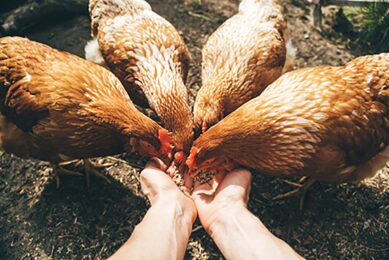Purdue studies air quality at feed plants
Research has officially begun in the largest study ever conducted to measure levels of various gases and airborne pollutants emitted from poultry, dairy and swine facilities across the nation.
Led by Purdue University, the 2.5-year, $14.6 million study will measure levels of hydrogen sulfide, particulate matter and ammonia, among other chemicals, released from livestock facilities. Measurements have begun in locations throughout the country and by midsummer will be under way at all 20 study sites in eight states.
Unique study
“This study will give us a wealth of much-needed scientific information about livestock-generated air pollution,” said Al Heber, the Purdue professor of agricultural and biological engineering who leads the study. “There has never been a study this comprehensive or long-term.”
“The data collected in this study will help us be able to estimate the quantity of emissions given a farm’s activities and number of animals,” said Richard Grant, a professor of agronomy and a principal investigator in the study. He said the study would help develop an “emissions-estimating methodology.”
In addition, the study will establish infrastructure that should later allow researchers to test different abatement strategies to improve downwind air quality.
Related links:













